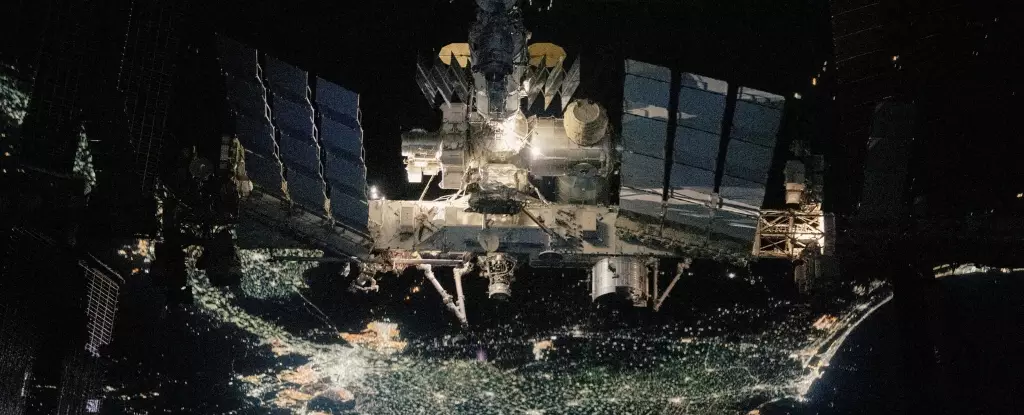An incident on June 12, CDT, caused a brief panic when audio of a flight surgeon dealing with an emergency on the International Space Station was mistakenly broadcast on the ISS livestream channel. The conversation discussed the need for hyperbaric treatment for an unnamed commander who was experiencing decompression sickness. ISS mission control later clarified that this audio was actually a ground simulation that was inadvertently aired. Fortunately, all crew members were asleep, and there was no real emergency situation on the ISS.
Decompression sickness is a serious hazard that astronauts face during space missions. This condition occurs when there is a rapid transition from a pressurized environment to a less pressurized one. The atmospheric conditions inside the ISS simulate those on Earth, with 79 percent nitrogen and 21 percent oxygen at a pressure close to that at sea level. However, the external environment of space has almost zero pressure. Without adequate protection, such as a spacesuit, astronauts can develop decompression sickness if there is a breach in the ISS or if they transition without proper precautions.
When a person experiences decompression sickness, the gasses in their body that are dissolved in their blood and tissues form bubbles, causing various health issues. These bubbles can obstruct blood vessels, rupture tissue, lead to internal bleeding, trigger inflammation, and result in excruciating pain. In severe cases, decompression sickness can be fatal. This condition is not exclusive to space; divers who ascend too quickly from deep-water environments can also develop decompression sickness, commonly known as the bends.
The false emergency simulation broadcast on the ISS livestream highlights the importance of practicing emergency response procedures on the ground. In the event of an actual emergency, such as a breach in the ISS or a malfunctioning spacesuit, quick and effective action is crucial for the safety of the crew. Ground simulations help personnel prepare for worst-case scenarios and ensure that they can respond calmly and efficiently in high-pressure situations.
While the panic caused by the false emergency audio was unsettling, it serves as a reminder of the risks astronauts face in space and the critical need for thorough emergency preparedness. By conducting simulations and training exercises, both in space and on the ground, space agencies can better equip their personnel to handle emergencies and protect the lives of those aboard the ISS. Safety measures and protocols must be continuously evaluated and practiced to ensure the well-being of astronauts during their missions.


Leave a Reply